Mulberry paper
What is mulberry paper?
Mulberry paper is handmade paper which comes from a tree (Broussonetia Papyrifera). The bark is composed of very strong fibres, and can be used for making high-quality paper (hence the common name of paper or pulp mulberry). Its origins come from Asia where it’s commonly known as rice paper, and has produced some of the most beautiful papers in the history of papermaking internationally.
Because mulberry paper is handmade, no two pieces are ever the same.
The process of Pulp Mulberry paper making
Harvesting
Harvesting the raw material (see picture above) for the paper making is the first step.
Processing fibre in preparation for sheet forming
Once the fibre of the inner bark of the mulberry tree has been boiled to take away the brownish colour, it is left to soak in water.
The next step is to beat the fibre for approximately 20-30 minutes until it becomes soft enough.
We then add the fibre into a water solution which also contains cotton fabric (to create the colour of the paper) as well as a formation agent. The formation agent is added to thicken the water, slow drainage during sheet formation, allowing the papermaker to have more time to gently shake the fibres and form a good sheet. It also helps keep the fibres well dispersed in the vat.
For this workshop particular, they use their own locally grown okra as the formation agent.
- Cutting okra
- Using okra as a formation agent
Forming & drying the sheet: final step
A mould and deckle are used to pull the sheets from the water, fibre and formation agent solution. This is followed by pressing and drying the paper. This process can be done in three different ways: in a restraint dryer, brushed up onto metal sheets to air dry and hanging to air dry. Each process yields a slightly different outcome.
Additional step to produce wrinkled sheets
In order to create products such as the bags or the laptop case, the paper sheets go through an additional last step which involves moulding the sheet into a ball-like form so it creates that wrinkling effect.
- Process of wrinkling the paper
- Left to dry
Some of the beautiful things that can be created with this paper
- Laptop cases
- Paper bags
- Handbags
Mulberry Paper in Ghana
Mulberry paper is a technique of handmade paper that originates in Asia. This fine craft of hand papermaking, also known as “rice paper” is very well respected in the cultures of countries such as Japan and China. So how did this paper end up in Ghana, Africa?
Dating back to 1969, fourteen mulberry plants arrived from China to Ghana. These where planted in a forest reserve near Kumasi (Ashanti region of Ghana) with the intention of evaluating their potential for cottage industry paper production. During that time a political disruption took place which forced the abandonment of the project, alongside changing climate conditions which became ideal for the growth of this plant, it became the most serious, invasive, non-indigenous woody plant in the closed forest zone of Ghana.
As of today, the Ghanaian Forestry Commission reports “serious damage to the natural environment, local agriculture, and human health and infrastructure”.
The lack of knowledge and research on the uses of this plant, has limited Ghana to believe that this plant is just an invasive and damaging plant, but in reality has so much potential and could be a great opportunity to generate employment.
Luckily projects such as The Ghana Paper Project have come to life. The founder of this project, Mary Hark, has admirably managed to establish a self-sustaining papermaking enterprise that aims to employ a local workforce in the harvest, preparation and production of high-quality handmade paper. For more information you may visit their website.
Why have we chosen mulberyy paper?
One of our main objectives at Africana skincare is to locally produce everything and only use local force as a way of contributing to the local economy, one of the reasons why all the production process takes place in Ghana. It has been challenging to find sustainable paper in Ghana, but when we found out about The Ghana Paper Project and the story behind it, we didn’t even doubt for a second that it could be a great contribution to our brand.
Additionally, every aspect of our product has a story to tell, whether it is the story of the person making the product, or a cultural tradition or technique, we wanted to integrate as much storytelling as we could. We believe that the storytelling opens a huge gateway for us to be able to transmit the beauty of Africa and the richness of its natural resources and materials.
Lastly, and equally important to mention, sustainability. For Africana skincare, the packaging is as important as the product itself. Being able to create packaging that was reusable and recyclable was one of our goals. Nowadays as consumers we look further into things, so we wanted to offer you, the consumer, a different kind of experience; the experience of traveling through our natural skincare product and all its components, into the African continent.
Our evolution with the pulp mulberry paper
The initial idea was to create boxes as you see in the first two images, where the calabash goes inside. With a few trials and some feedback from our first customers, we realised the box, as pretty as it may look, ends up as waste and has no further use. We wanted to optimise the use of our packaging materials to the maximum, hence why we ended up creating tags.

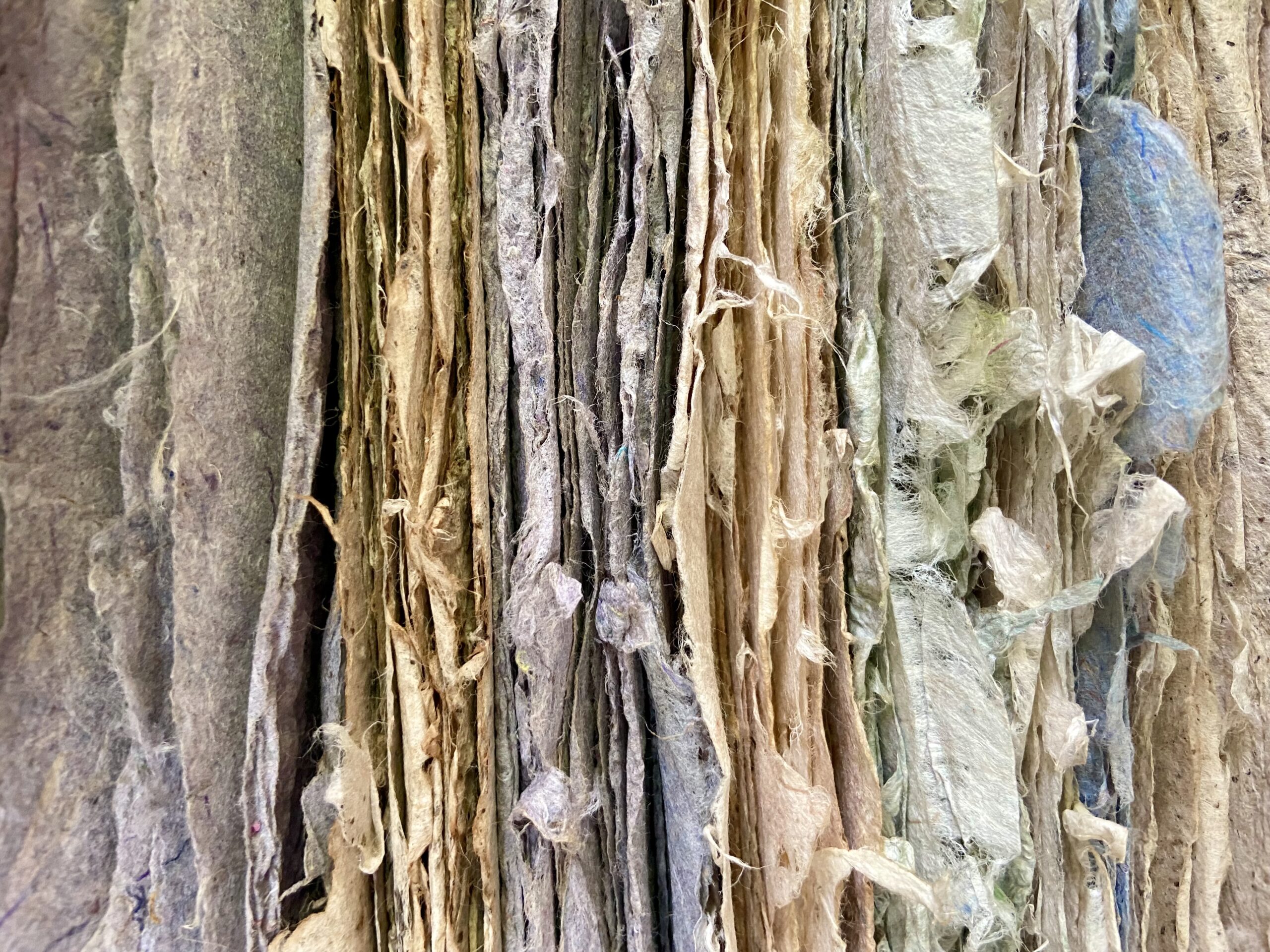

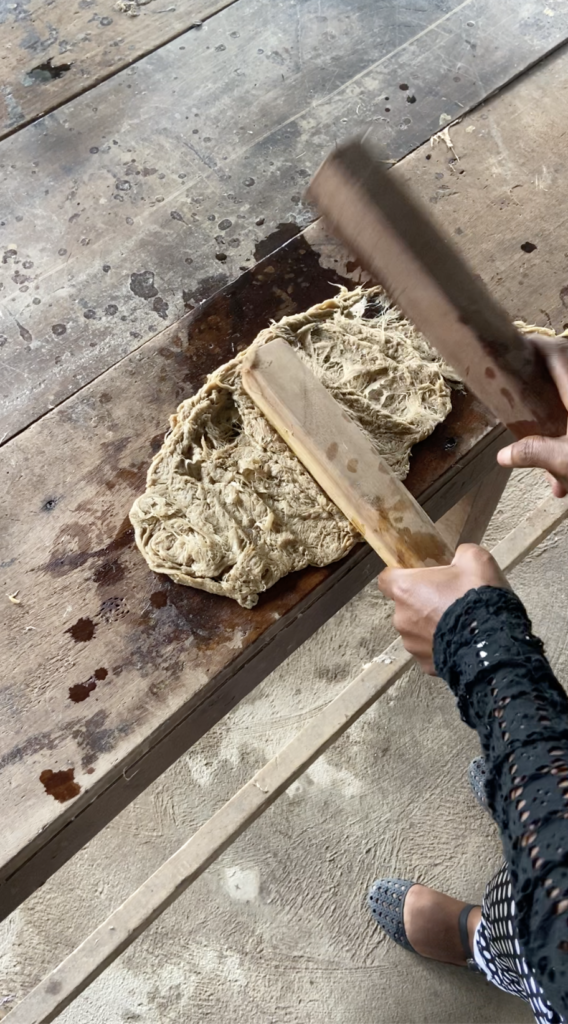

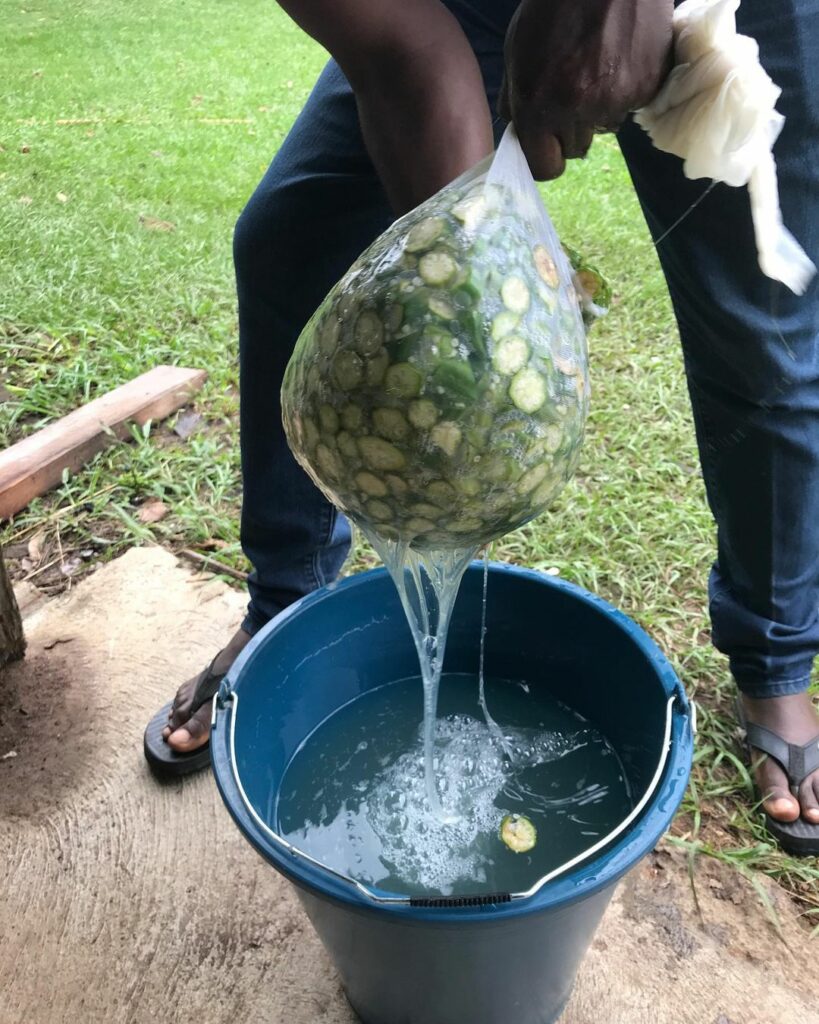
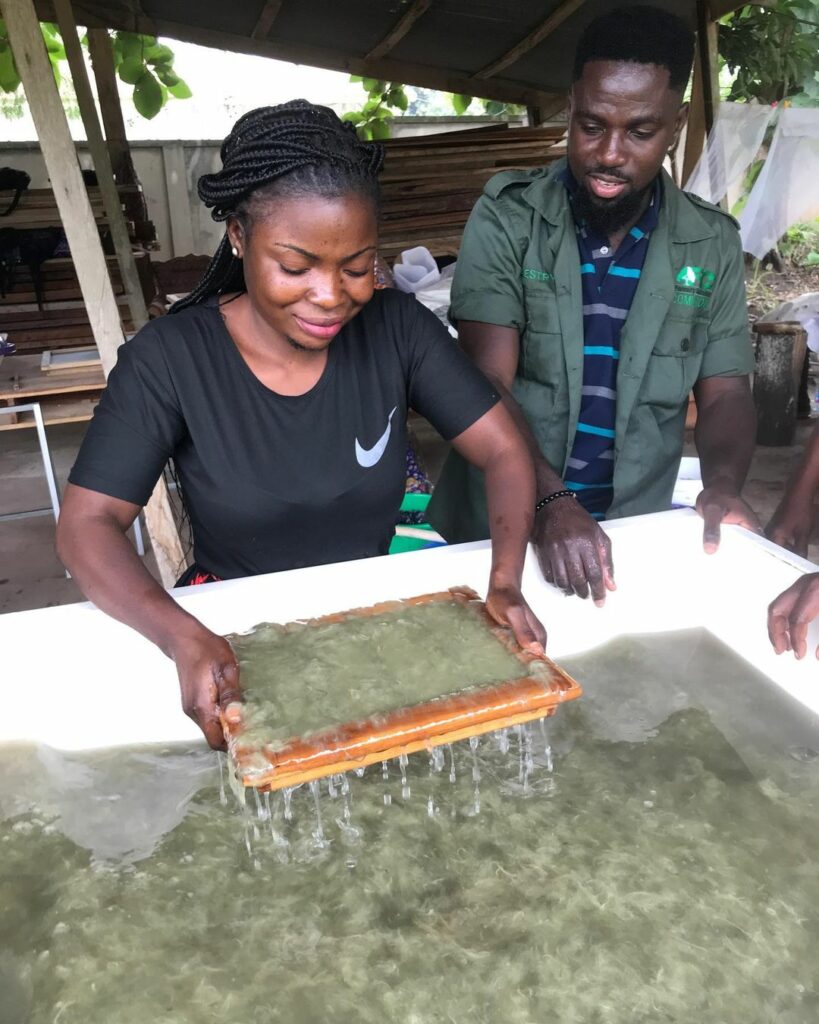

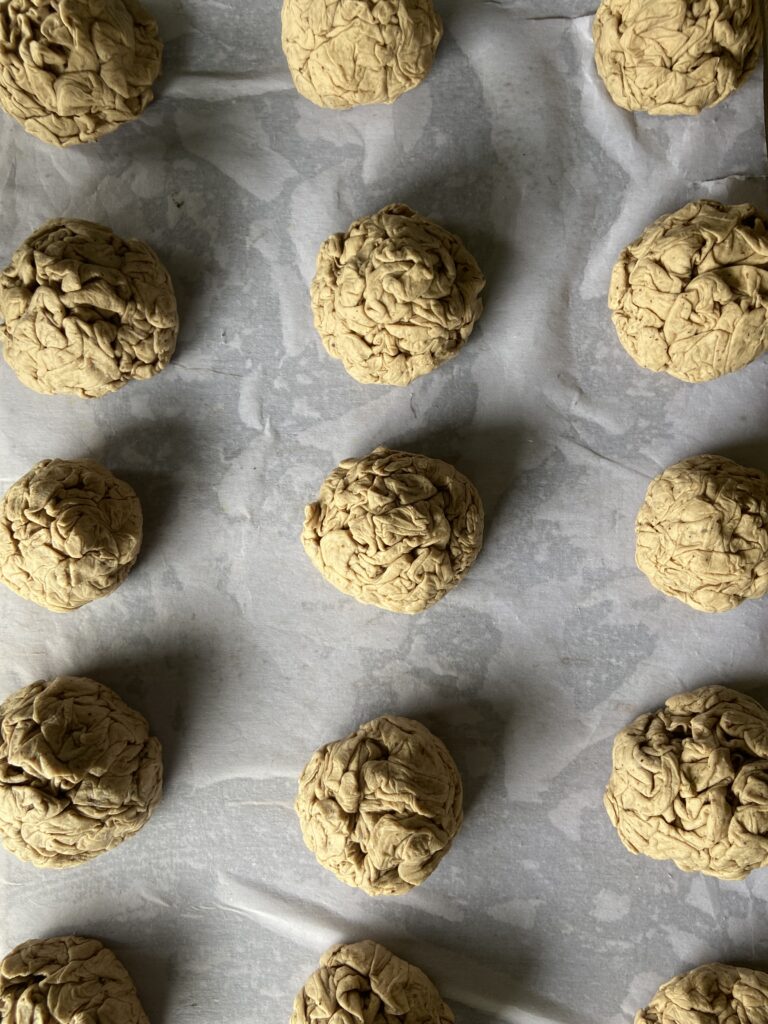


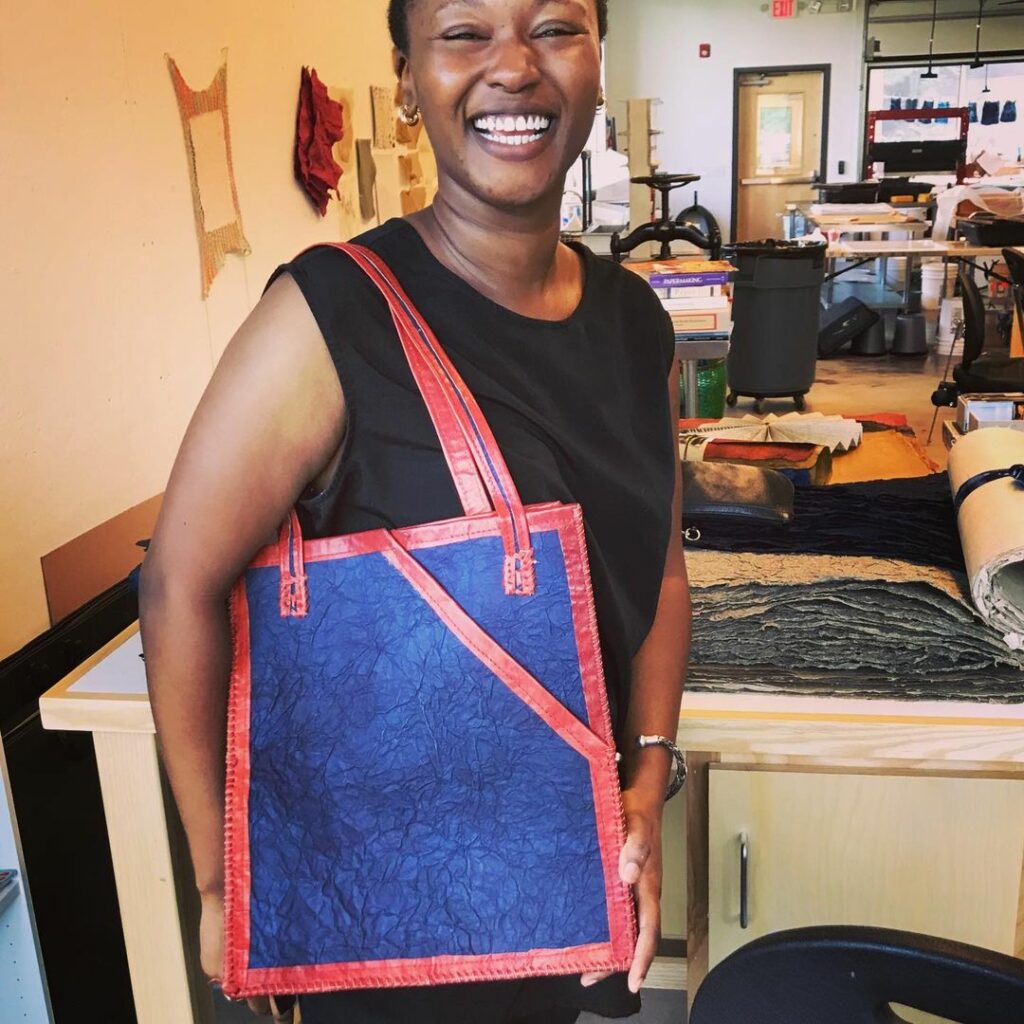
Leave A Comment